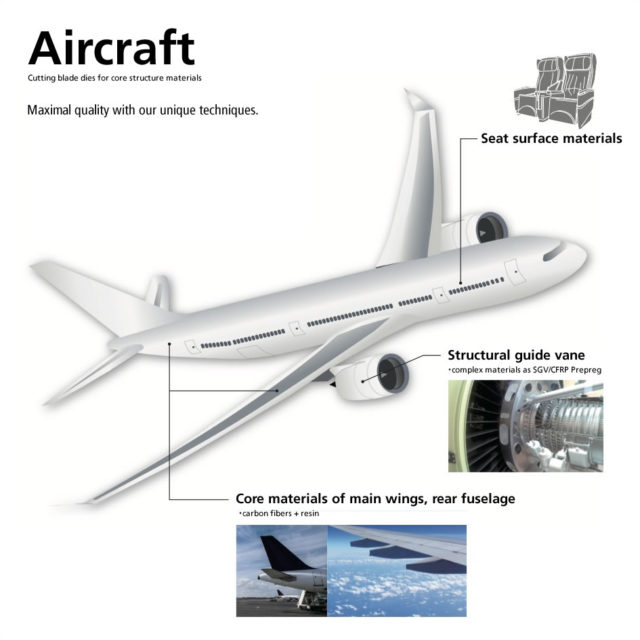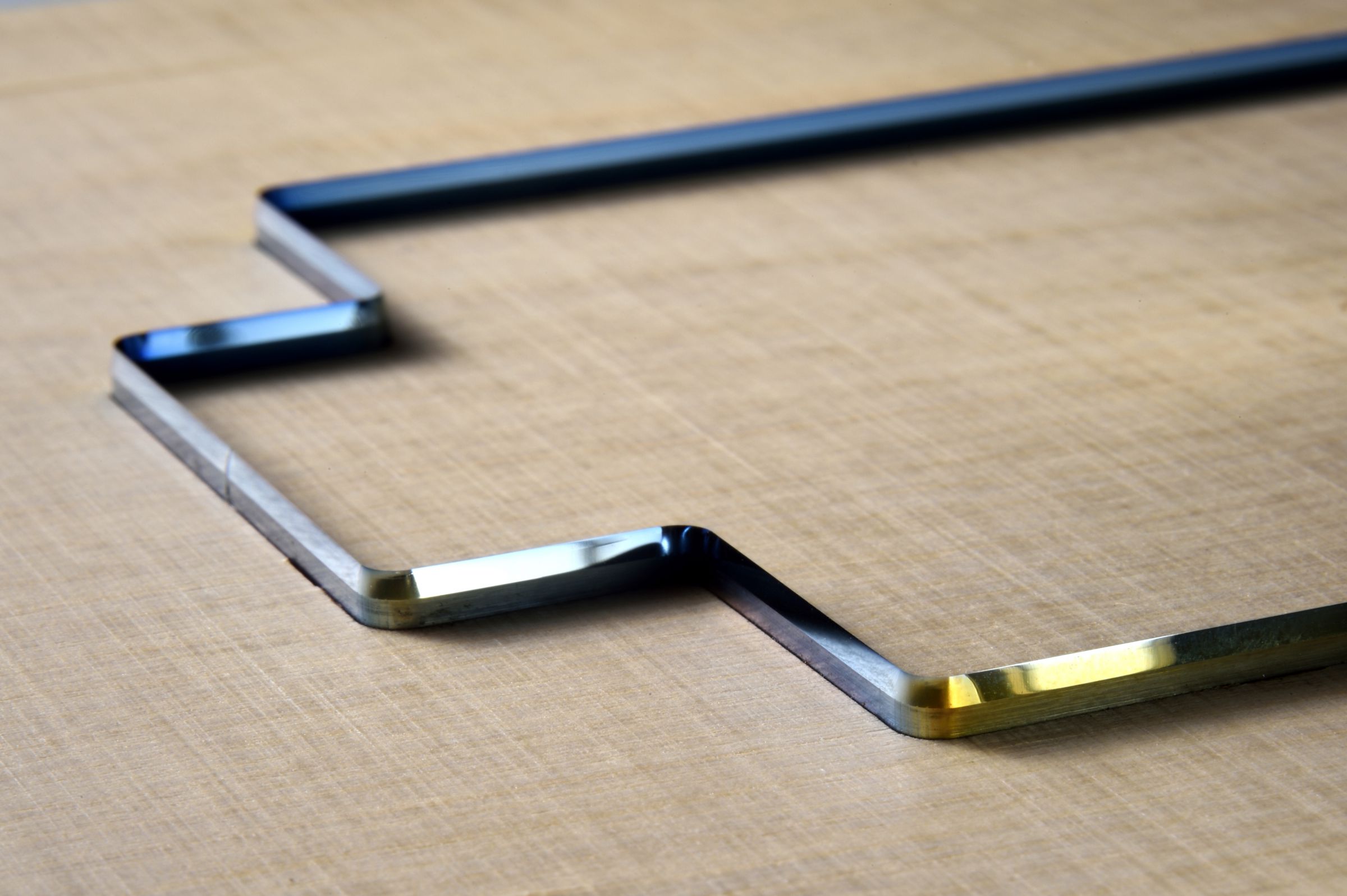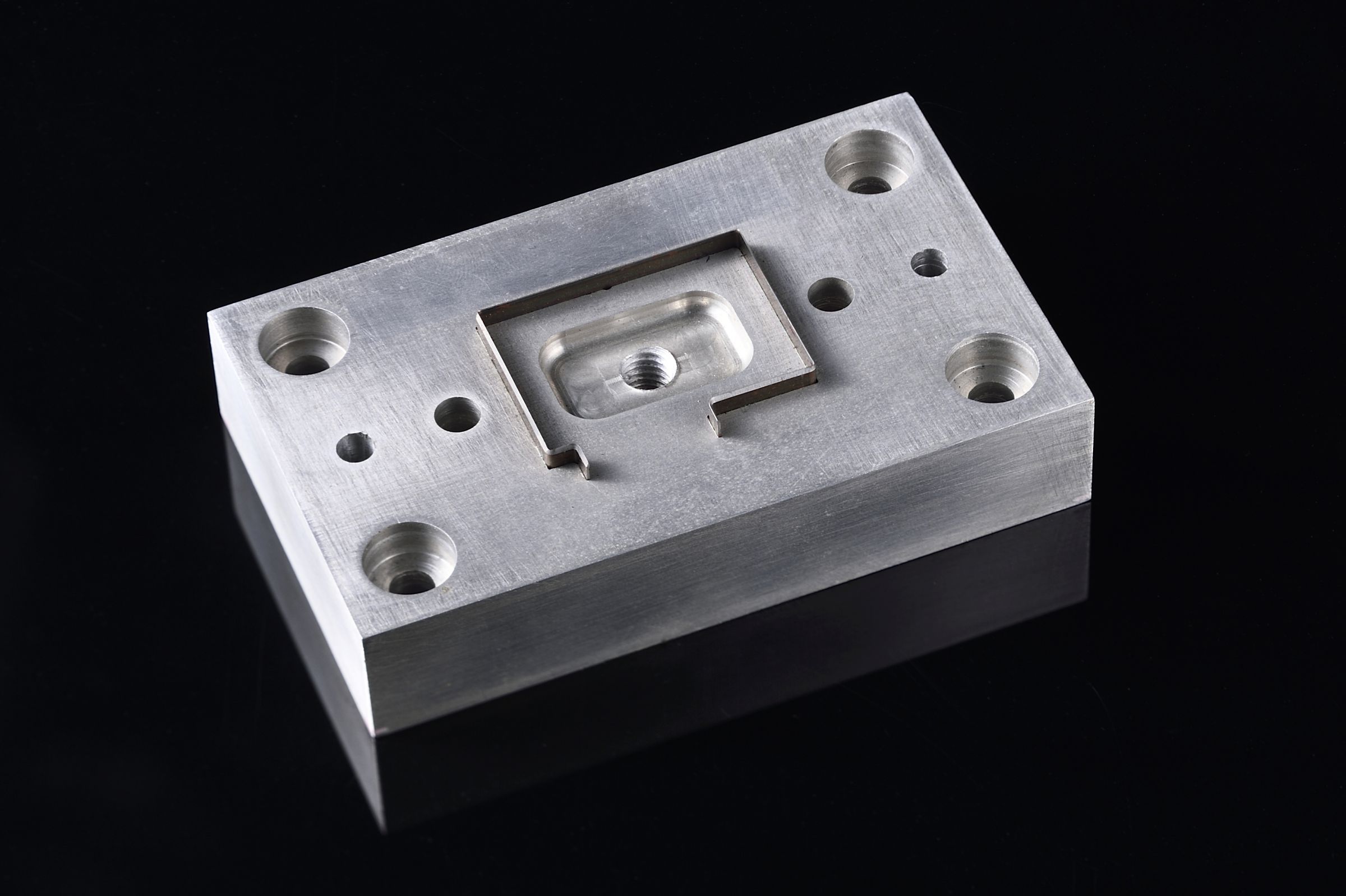The “Cutting mold” manufactured by Nagoya Hagata is a product of a fusion of advanced technology realized through use of advanced machinery, and skilled techniques used by our expert engineers. As precision is pursued, even higher standards are required. The consummate skill in realizing micron-level precision from the machines is here, as a product of long experience, perception, and more than anything, endless effort expended.
The reason why our mold are known in the industry as unique is because we never start producing a mold until we completely understand what material our customer needs and what precision they require. To truly contribute to customers in their fields, our mold must be manufactured in harmony with the customers’ manufacturing. It is more than just “producing as per specifications.” We always pursue the latest techniques in our cutting technology, updating to the utmost limit of the technology which itself keeps advancing, to re-affirm the second-to-none position of Nagoya Hagata.
Illustrations of Typical Product Lines
Supports the most-advanced manufacturing
The “one-and-only” technique in Nagoya Hagata is utilized in the variety of most-advanced manufacturing industries, such as aviation or space, automotive, fuel cells, medical products and equipment, cosmetics and hair-care products, IT materials, and high-performance optical films. We handle any products that require the application of cutting at some stage—any mold is the task we face.
Examples of materials we cut
PET films for engraving mold and precision Thomson mold specifications / Metal foils such as copper or aluminum / Cushion materials such as PORON® / High or low adhesive tapes / Conductive fabrics / Reflective seat / Polarizing films / Diffusers / Light guide plates / PP (polypropylene) / PC (polycarbonate) / Fluorine, Silicon rubber seating / aramid fibers / Carbon fibers / Lithium ion cells and more
Features of Our Products
Our diminutive punching mold, 0.3 mm square
- Nagoya Hagata’s Thomson mold expertise has realized an extremely small punching mold, whose size is just 0.3 mm square.
- Using ultra-fine processing and kiss-cutting progressive mold technique, this ultra-small mold enables cutting only coatings of 5 to 10 μm thickness on a 15 μm base film.
- This is a cutting mold for press cutting for IT industry products requiring micro fabrication.
Extremely flat surface achieved with double-sided punching mold (pair of upper/lower cutting mold)
- Our ultra-precise bend-processing technology has produced the high-precision pair of cutting mold.
- An “extremely flat” cross section is available even with thick resin. Suitable for punching resin of 0.5mm to 2.0 mm in thickness, such as thick resin plate.
- A blade with a special shape at its tip end requires no metal plate attachment to the base plate, which contributes to cost reduction. Punching only from either side can improve thickness of the cross section at least by 2 mm (compared in Nagoya Hagata).
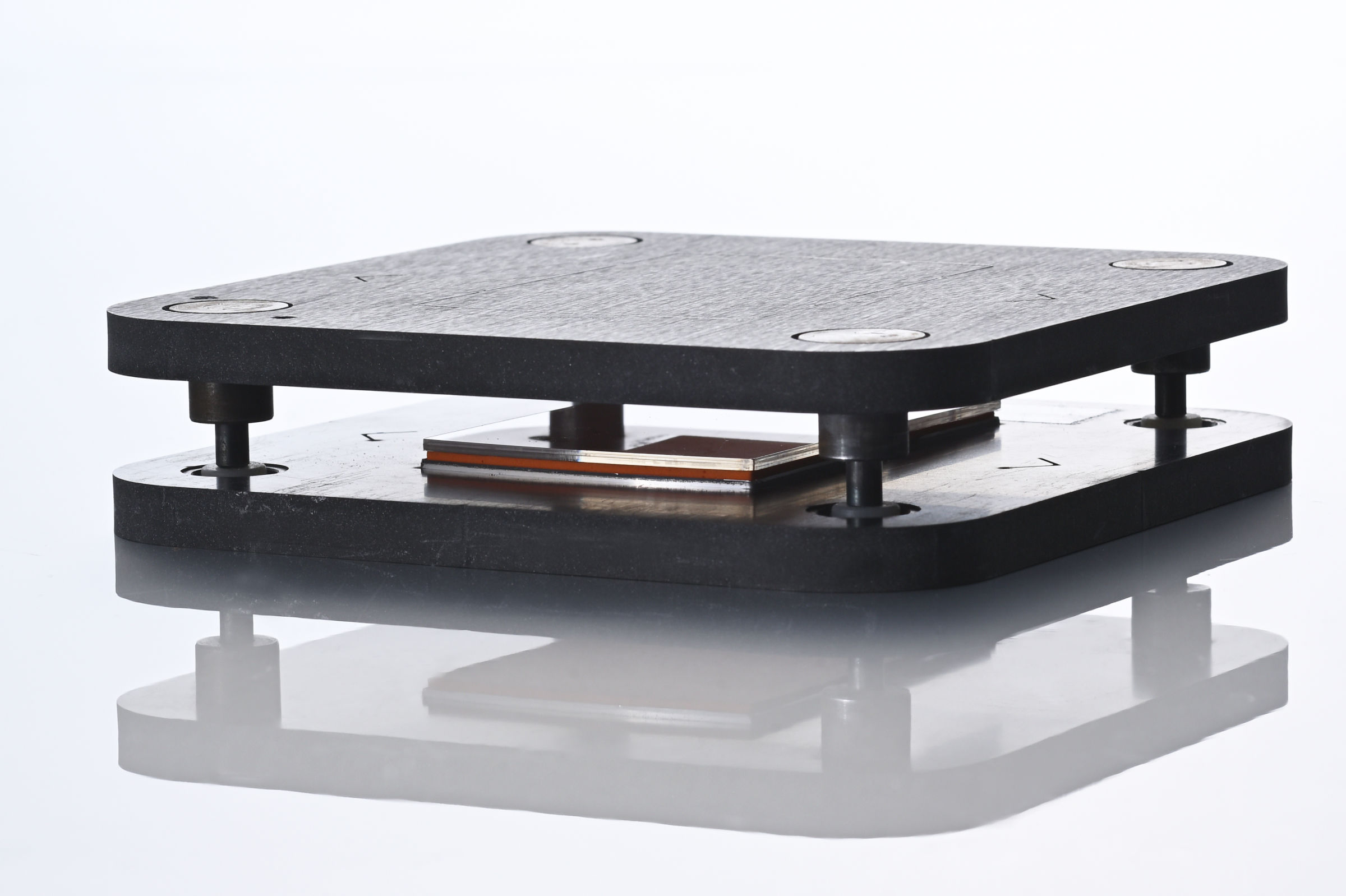
Beautiful cut sections of hard coat films for smartphones and tablet terminals
- For hard coat films or laminated films for smartphones and tablet terminals, a beautiful cut section is obtained.
- We can solve the difficulties with problems such as small voids, air bubbles or floats and cracks in small holes and long holes.
Punching mold of the electrodes for lithium ion cells
We provide punching mold to correctly cut (without burrs) the electrodes in the positive (aluminum foils) and negative (copper foils) sides. Verification or trial is also available using the test cutting process.
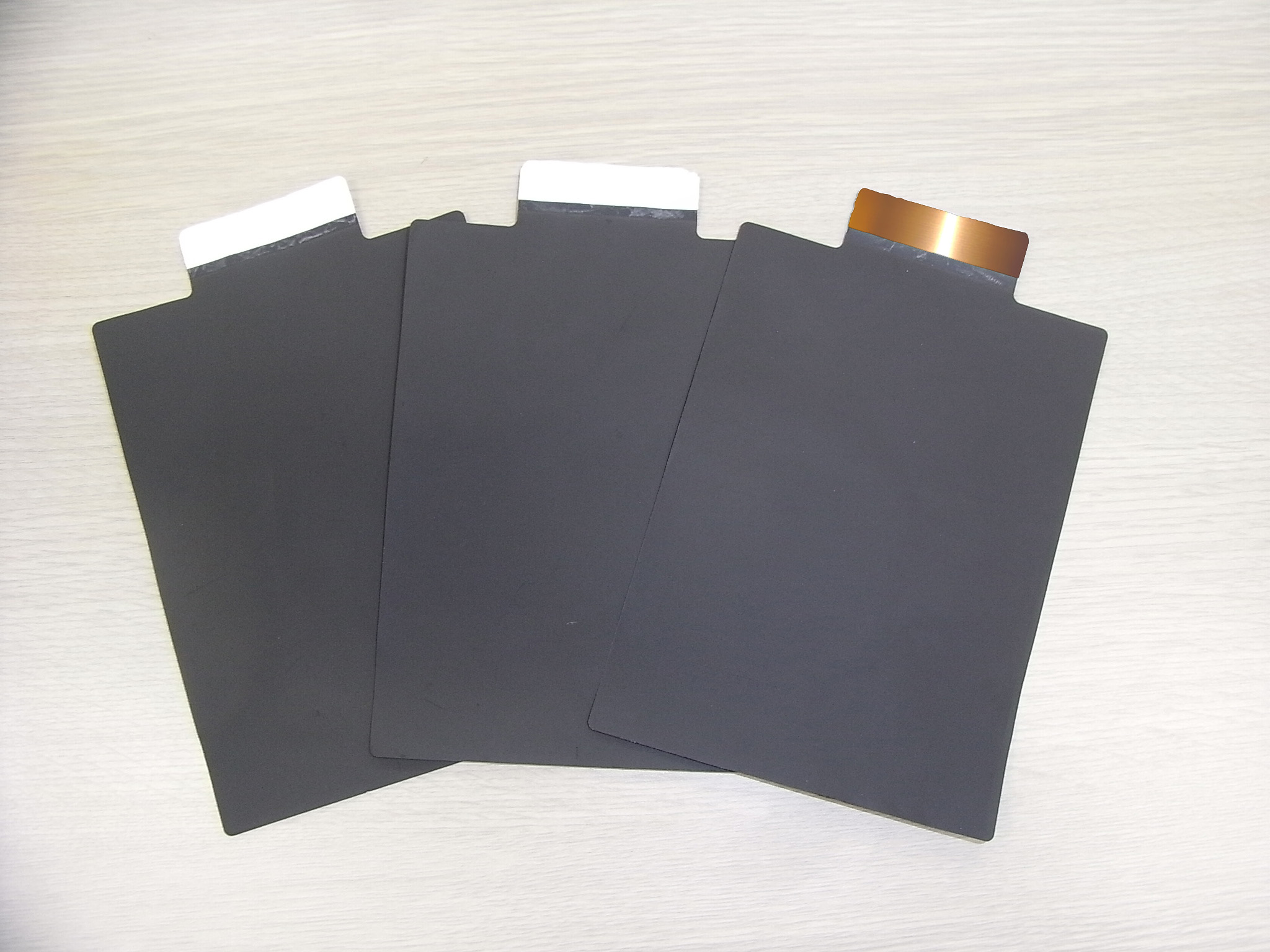
Non-adhesive (releasable) spray for cutting mold
- Environmentally friendly fluorine coatings for which the fluorine resin has the useful property of being releasable, work for non-adhesive applications in film cutting for electronic components.
- Use this spray, and you banish the problem of dust-adhesion to your cutting mold during film-cutting.
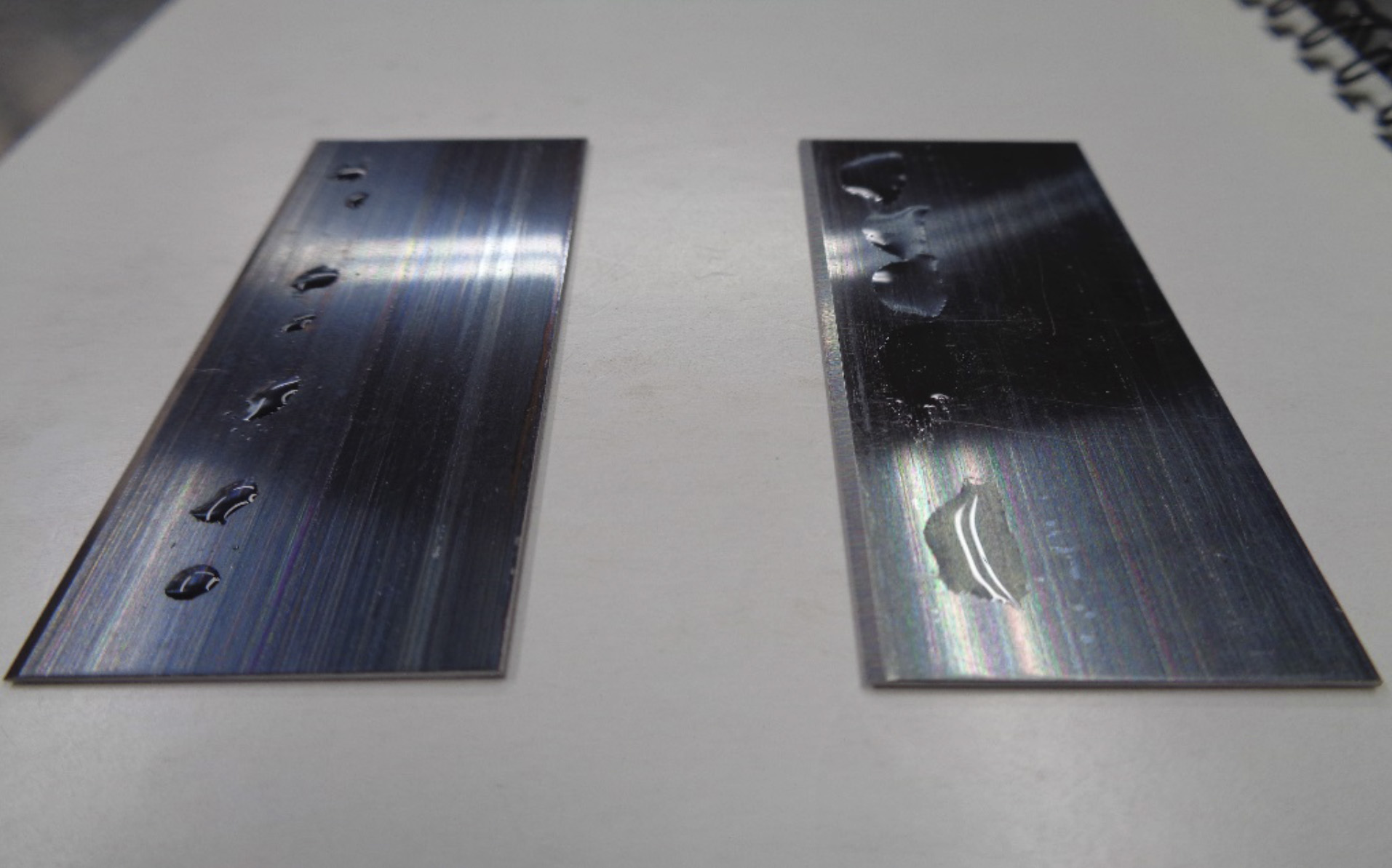
Cutting mold in Nagoya Hagata
Thomson mold
- For press cutting of IT related components
- Blade variation: 0.45 to 1.4 mm in thickness / 23.6 to 23.1 mm in height
Standard edge angle: 40° to 43° (center blade, single edge, fluorine edge, 30°, 60°, and 90° are also available) - There are also mirror-finish blades, with bespoke shapes as specifically ordered.
- It is also possible to cut thin films of only a few tens of micrometers in thickness.
Wire cutting mold
- These are mold processed using wire cutting on a metallic base plate.
- Excellent base strength and precision coexist.
Swedish Steel

